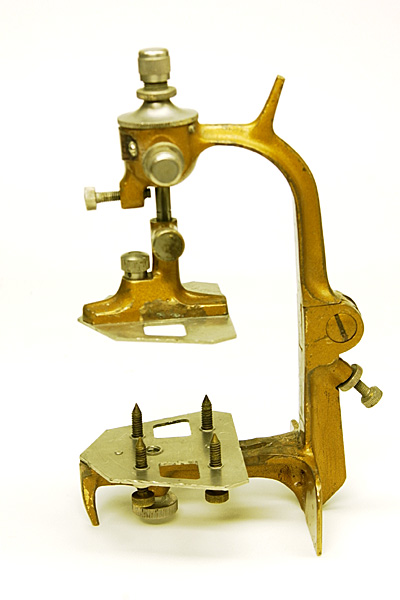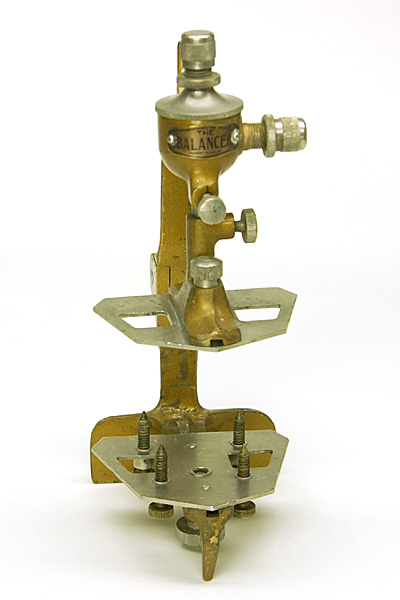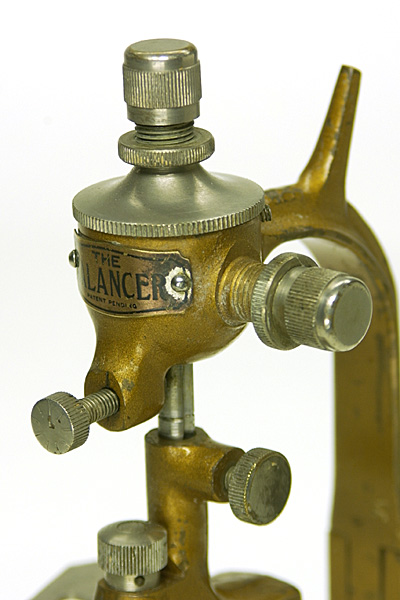

Designed By:
Harry C. Hagman, CDT
Manufactured By:
The Hagman Balancer Company, Minneapolis, MN.
US Patent:
1736006
Description:
The original “Senior Balancer” articulator, initially produced by the Cleveland Dental Manufacturing Company would ultimately be known as the “Deluxe Balancer.” The workmanship was superior to the original and they were made of much better quality materials. They were chrome plated. The various attachments that were provided for the “Deluxe Balancers” were the Occlusal Arc Guide, the Flat Plane Guide, the Occlusal Level and Mounting Jig, the Natural Path Recorder and Gothic Arch Tracing Device, a Mechanical Incisal Guide Table, and the Clasp Surveyor. The “Balancer” articulators were designed according to Monson’s “Spherical” theory of mandibular movement. Hagman believed that the mandible functioned in an arc from centric relation and that all movements can be produced in an articulator functioning from a single point of rotation. The operating mechanism of the “Balancer” articulators was a single ball and socket (universal) joint called the “functioning head” located 4 inches directly above the occlusal plane. The hinge joint of the “Balancer” is located to be “in line” or concentric to the occlusal path.
 Side view of the Deluxe Balancer, closed position. The handle on the neck was used for convenience for opening and closing the instrument.
Side view of the Deluxe Balancer, closed position. The handle on the neck was used for convenience for opening and closing the instrument. Front view of the Deluxe Balancer. The cast holding plates could be removed so that this model could be used for multiple cases.
Front view of the Deluxe Balancer. The cast holding plates could be removed so that this model could be used for multiple cases. Side view of the Deluxe Balancer demonstrating the position of the single hinge joint
Side view of the Deluxe Balancer demonstrating the position of the single hinge joint Close-up of the functional head universal joint. The upper cast could be moved in an arc concentric to the diameter of an 8-inch sphere.
Close-up of the functional head universal joint. The upper cast could be moved in an arc concentric to the diameter of an 8-inch sphere.Dr. Edgar N. Starcke's articles in the Journal of Prosthodontics have more information on the history of articulators.